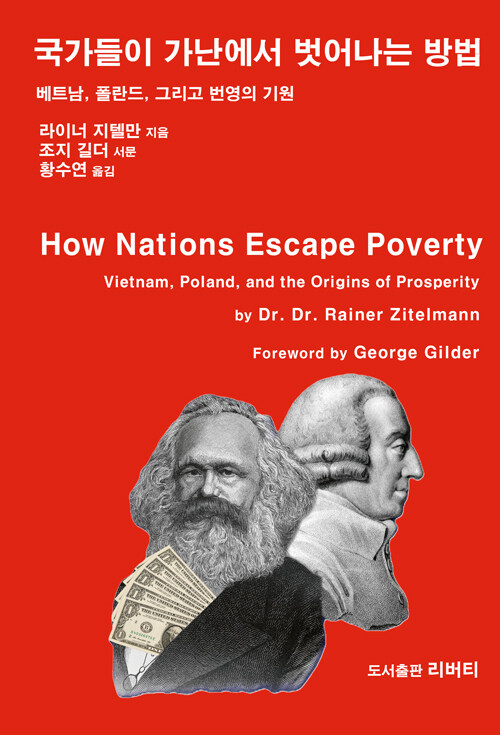Social Democrats (Denmark)
Social Democrats Socialdemokratiet | |
|---|---|
 | |
| Abbreviation | A |
| Leader | Mette Frederiksen |
| Deputy Leader | Lennart Damsbo-Andersen Christian Rabjerg Madsen |
| Founded | 15 October 1871 |
| Headquarters | Vester Voldgade 96 1552, Copenhagen |
| Newspaper | Socialdemokraten |
| Student wing | Frit Forum – Social Democratic Students of Denmark |
| Youth wing | Social Democratic Youth of Denmark |
| Membership (2019) | 35,470[1] |
| Ideology | Social democracy[2] Democratic socialism[3] Anti-immigration[4] |
| Political position | Centre-left[5] |
| European affiliation | Party of European Socialists |
| International affiliation | Progressive Alliance |
| European Parliament group | Progressive Alliance of Socialists and Democrats |
| Nordic affiliation | SAMAK The Social Democratic Group |
| Colours | Red |
| Anthem | "Når jeg ser et rødt flag smælde"[6] ("When I See a Red Flag Billow") |
| Folketing | 49 / 179 |
| European Parliament | 3 / 14 |
| Regions[7] | 70 / 205 |
| Municipalities[8] | 842 / 2,432 |
| Mayors | 47 / 98 |
| Election symbol | |
| Website | |
| socialdemokratiet | |
The Social Democrats (Danish: Socialdemokraterne, pronounced [soˈɕɛˀlte̝moˌkʰʁɑˀtɐnə]), officially the Social Democratic Party, is a social-democratic political party in Denmark.[2][9] A member of the Party of European Socialists (PES), the Social Democrats have 49 of 179 members of the Folketing and three (out of fourteen) MEPs.
Founded by Louis Pio in 1871, the party first entered the Folketing in the 1884 Danish Folketing election. By the early 20th century, it had become the party with the largest representation in the Folketing, a distinction it would hold for 77 years. It first formed a government after the 1924 Danish Folketing election under Thorvald Stauning, the longest-serving Danish Prime Minister of the 20th century. During Stauning's government which lasted until the 1926 Danish Folketing election, the Social Democrats exerted a profound influence on Danish society, laying the foundation of the Danish welfare state. From 2002 to 2016, the party used the name Socialdemokraterne in some contexts.[10][11] The party was a member of the Labour and Socialist International from 1923 to 1940. A member of the Socialist International until 2017, the party withdrew to join the Progressive Alliance, founded in 2013.
The party was the major coalition partner in government from the 2011 Danish general election, with then-party leader Helle Thorning-Schmidt as Prime Minister. After the 2015 Danish general election, the party was no longer in government, although it regained the position as the largest party in the Folketing, with 47 of 179 seats. Thorning-Schmidt withdrew as party leader on the night of the election as a direct consequence of the loss of government control and she was succeeded on 28 June 2015 by the former Vice Leader Mette Frederiksen, who shifted the party back to the political left on economics, while criticising mass immigration.[12][13]
Overview[edit]
The party traces its own history back to the International Labour Association, founded in 1871 and banned in 1873, loosely re-organised in the Social Democratic Labour Party which in 1876 issued the Gimle program, but as a formal political party it was first founded from 11–12 February 1878 as the Social Democratic Federation. This name was formally carried by the party for almost a hundred years, although in practice it also used a number of other names until it changed its name to Social Democracy in 1965. At a congress in Aalborg in 2002, the party changed its name to the Social Democrats, but from 2016 again only Social Democracy is used.[10][11]
The party has the letter A as a symbol, but the abbreviation S is often used in the media. The party's classic symbol is a red rose and in recent times an A in a red circle. Aside from the classical socialist red colour,[14] the party has recently adopted a more light red colour called competition orange.[15]
The party was a member of the Labour and Socialist International between 1923 and 1940.[16] It is now a member of the Progressive Alliance, an association of progressive social-democratic parties.[17] The Social Democrats are also a member of the Party of European Socialists while the party's MEPs sit in the Socialists & Democrats group.

No comments:
Post a Comment